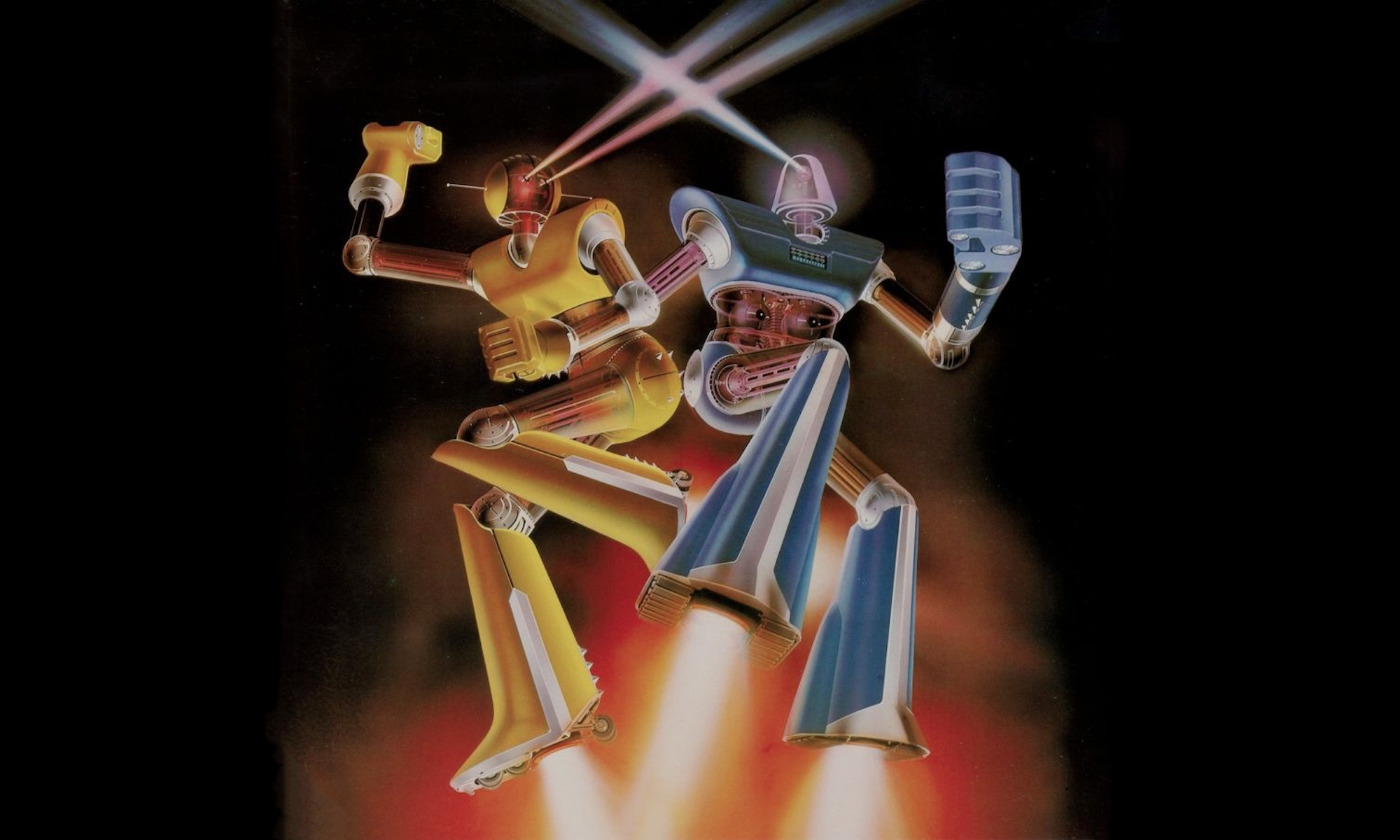My review, if anyone cares…
I got smart this time around. While I still had access to Apple's Beta program, I didn't actually install El Capitan as my main OS until the Gold Master had been released and all of the major bugs had been squashed. I'd jumped the gun a year ago with Yosemite and lived to regret it. (Yeah, yeah, I know…never install a beta OS on your main system, but not all of us have multiple pieces of hardware to play with.)

In addition, I didn't feel the need to rush to El Capitan. There were no new features or design refinements that I felt were worth the hassle of upgrading.
That being said, there were still a few small issues when I did upgrade. Four applications I use weren't fully compatible. Thankfully, those four (Fantastical 2, CleanMyMac 3, iStat, and cDock) had betas of their own while El Cap was in the testing phase, and for the most part they all worked without a problem. When the final release was available, so were the final upgrades for these apps.
Even after the upgrade to the final release, cDock (a great little app that lets you completely alter the appearance of the dock including returning the look to previous OS versions as well as making it completely transparent) was still a bit of a stickler to get working. It involved disabling the new SIP feature in El Cap, running the app, and then re-enabling SIP. Just this morning it auto-updated to Version 2.0 and it's a huge improvement over Version 1.0, adding several new options and themes. (I don't know if it still requires disabling SIP to get it running or not since it was an upgrade.)
Much like with iOS 9, I don't actually use most of the new features in El Capitan. I came to the realization recently that despite my delusions to the contrary, I'm really not a "power user." As long as basic functions work, I'm happy. At work, in the Windows world, I require dual screens. On my Mac at home, not so much. I've never even used Spaces, so Split Screen (having two applications running full screen on one display simultaneously—one of the bigger features of El Capitan) isn't something I ever foresee myself needing.
The new incarnation of Spotlight is much more useful to me than it had been previously; I actually find myself using it now. But being able to move it around on screen? Again, not a big deal.
The improvements to Mail, like swipe-to-delete, are welcome, but again—not earth shattering. With Mail, I'm just glad nothing was broken.
Notes is now a content catch-all, allowing almost any type of data to be saved. You can save documents, web links, photos, map locations, PDFs, and videos with a simple drag and drop. I've already found this incredibly useful.
I don't use Photos.
I love San Francisco, the new system font.
But more than all this, the most noticeable change in OS X has been the increase in speed and that alone is definitely be worth the upgrade if you're a Mac user and haven't taken the plunge yet.























 Perhaps numb isn't the right term, but there's no denying the schizophrenic way that violence is viewed by our society. Violence is woven into the American DNA and celebrated with an almost orgiastic frenzy in everything from our popular music to our movies, television shows and video games, yet we seem shocked and appalled when a shooting occurs. Do we really need car chases and killings in every damn episode of {Fill in pretty much any Television Show Name}?
Perhaps numb isn't the right term, but there's no denying the schizophrenic way that violence is viewed by our society. Violence is woven into the American DNA and celebrated with an almost orgiastic frenzy in everything from our popular music to our movies, television shows and video games, yet we seem shocked and appalled when a shooting occurs. Do we really need car chases and killings in every damn episode of {Fill in pretty much any Television Show Name}? Earlier today, someone took a killing machine and loads of ammunition into a heavily-trafficked area and opened fire, killing some and wounding more. The shooter may have
Earlier today, someone took a killing machine and loads of ammunition into a heavily-trafficked area and opened fire, killing some and wounding more. The shooter may have 














